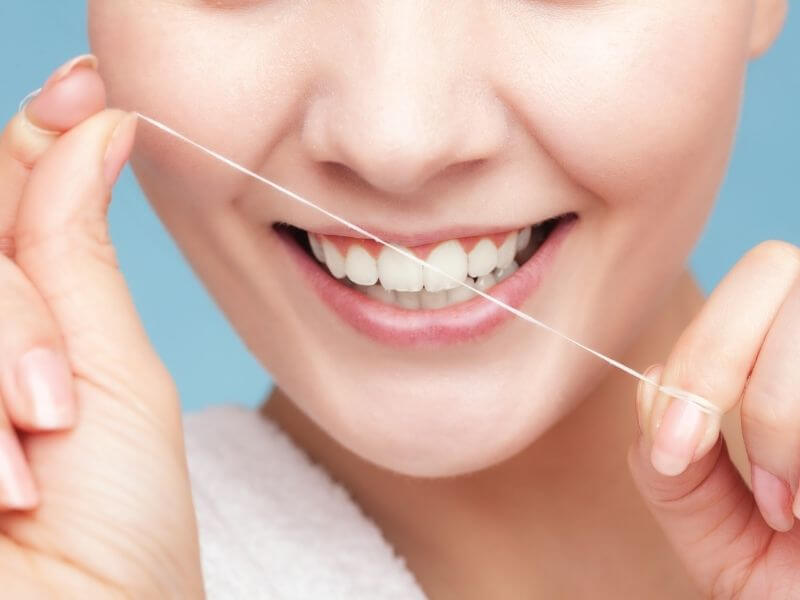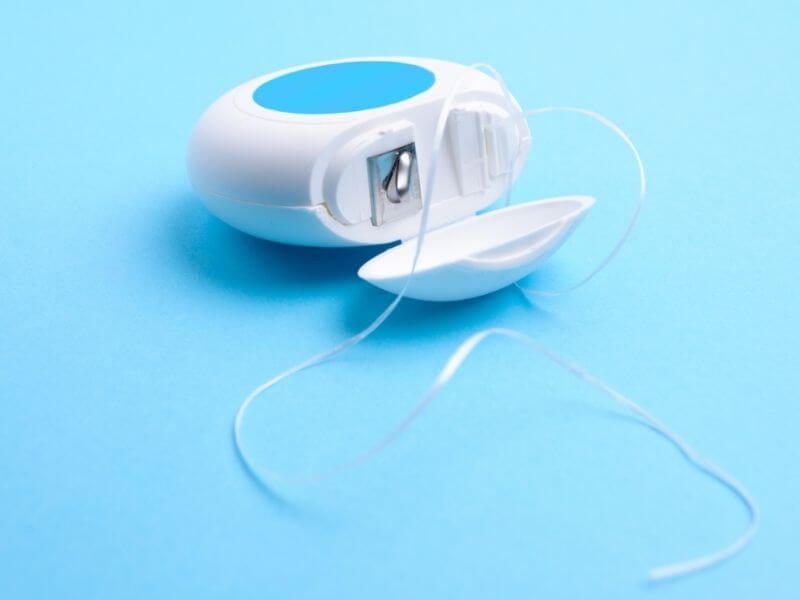As a child, you learn that regular brushing and flossing are important for good oral hygiene. But what about mouthwash? Does it play an important role in good oral care and the prevention of gingivitis? How do you know which mouthwash will address your oral concerns and work best for you? Soundview Family Dental is here to help you understand the role mouthwash plays in oral health, as well as which mouthwash is best for gingivitis and which will work best for you.

Should You Use Mouthwash?
When it comes to oral care and gingivitis prevention, your best course of action is regular brushing and flossing, as well as regular dental exams and cleaning. However, using mouthwash can be beneficial when it comes to gingivitis prevention. Using mouthwash, in addition to regular brushing and flossing, can help prevent gingivitis and gum disease by killing the bacteria responsible for these conditions. In addition, mouthwash helps prevent the buildup of plaque, which in turn helps prevent tooth decay. Mouthwash should never replace regular oral care, but it can be a very powerful tool for your oral hygiene routine.
Choosing the Right Type of Mouthwash
Not all mouthwashes are the same. Some mouthwashes, such as antibacterial mouthwash, target the bacteria in your mouth that can contribute to plaque buildup and gingivitis. Other mouthwashes, such as fluoride rinses, work to provide more fluoride to those people that do not get enough exposure from their drinking water. One big difference in mouthwashes is the use of alcohol. But alcohol isn’t always good for you. Let’s look at the difference.
Mouthwashes with Alcohol
Alcohol is very effective at killing the bacteria and germs that cause plaque buildup and gingivitis. This helps reduce your risk of oral complications, as well as helps to prevent bad breath. However, alcohol is also good at killing the good bacteria in your mouth. It is a drying agent that can contribute to reduced saliva production. This reduction of saliva can contribute to bad breath and more bacterial growth in the future. In addition, mouthwashes with alcohol can cause a burning sensation when used, especially in patients with tooth and gum sensitivity.
Mouthwashes Without Alcohol
While alcohol-free mouthwashes are not as effective at killing all germs in the mouth, they are better at targeting the germs responsible for plaque and gingivitis. They allow for normal saliva production, which helps keep your mouth healthy. Alcohol-free mouthwash is gentler for those with sensitive teeth and gums, while still eliminating the bacteria that can cause gingivitis. For many with gingivitis, alcohol-free mouthwash is the mouthwash of choice.

The Best Mouthwashes on the Market
As you walk down the oral care aisle in your favorite store, becoming overwhelmed with all the different choices is likely. There are many different types of mouthwash available on the market, including those that target bad breath, help prevent cavities, and others that target gingivitis. Figuring out which one will benefit you most can be difficult. These top mouthwashes are where Soundview Family Dental suggests you start.
Crest Pro-Health Multi-Protection Rinse
Crest Pro-Health Multi-Protection Rinse is an alcohol-free rinse that does not cause a burning sensation, but still has all the bacteria-fighting power of other gingivitis mouthwashes. This mouthwash is an all-around mouthwash that helps destroy bacteria and reduce plaque, prevent gingivitis, and give you fresh breath.
TheraBreath Healthy Gums Oral Rinse
TheraBreath Healthy Gums Oral Rinse is a mouthwash formulated by a periodontist, so it targets gingivitis prevention. It is alcohol and sugar-free, but it is clinically proven to fight the bacteria that cause gingivitis. Because there is no alcohol, you do not have to worry about a burning sensation, making it great for those with sensitive mouths.
Listerine UltraClean Oral Care Antiseptic Mouthwash
Listerine is a popular brand name when it comes to mouthwash. Their UltraClean Antiseptic Mouthwash provides 24-hour protection against the germs that cause plaque and gingivitis. This mouthwash does contain alcohol, which can cause sensitivity to some.
CloSYS Original Unflavored Mouthwash for Sensitive Mouths
For those with sensitive teeth and gums, finding a mouthwash that doesn’t cause a burning sensation or discomfort can be difficult. However, CloSYS Original Unflavored Mouthwash for Sensitive Mouths may be the solution you are looking for. This pH-balanced mouthwash contains a patented ingredient that prevents gingivitis but is gentle enough to use when you have swollen gums or canker sores. IF you still crave a minty-flavored mouthwash, you can add optional flavoring.
Tom’s of Maine Natural Wicked Fresh
If you are looking for a more natural mouthwash, Tom’s of Maine Natural Wicked Fresh Mouthwash is for you. This mouthwash works to prevent gingivitis with the use of zinc. This mouthwash is fluoride-free, has no artificial flavors, colors, or preservatives, as well as no animal ingredients.
Oxyfresh Lemon Mint Mouthwash
OxyfreshLemon Mint Mouthwash is another alcohol-free mouthwash designed to prevent gingivitis while also improving bad breath. This mouthwash uses stabilized chlorine dioxide to disrupt bacterial growth. This mouthwash also contains aloe vera that helps promote soothing and healing. The use of essential oils helps stimulate saliva, giving an added benefit to those who suffer from dry mouth.
Choosing Your Mouthwash
While this list gives you some good mouthwash options, which one you choose will depend on your oral concerns and your preferences. While some people feel that only alcohol-based mouthwashes give them a really clean feeling, alcohol-based mouthwashes cause some people to experience extreme pain. Or if plaque buildup is common for you despite regular oral care, you may need a more powerful mouthwash. If you have any questions about gingivitis prevention, periodontics, or the best mouthwash for you, Soundview Family Dental can go over your oral care history and help you decide what mouthwashes would work best for you when it comes to gingivitis prevention. Contact Soundview Family Dental today.
Best Mouthwash for Gingivitis: What is the Best One for Me? is courtesy of: www.soundviewfamilydental.com
Soundview Family Dental
201 5th Ave S Suite 103, Edmonds, WA 98020
(425) 563-6360
Our Edmonds Location





